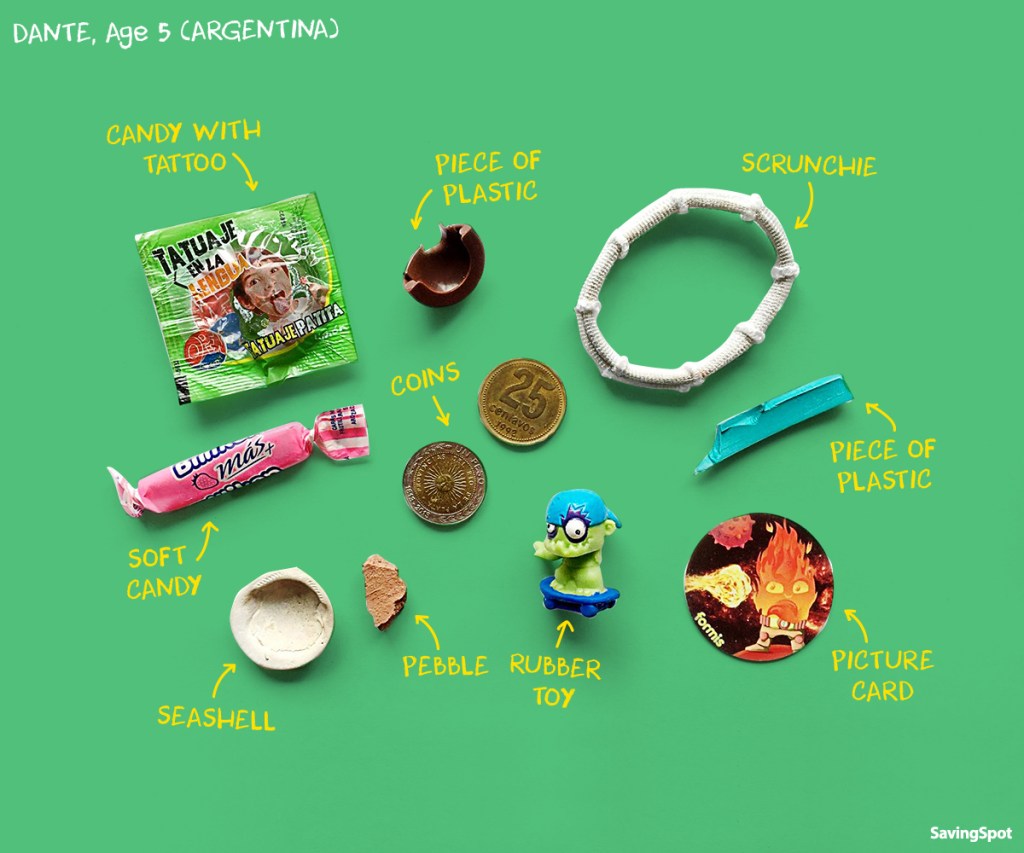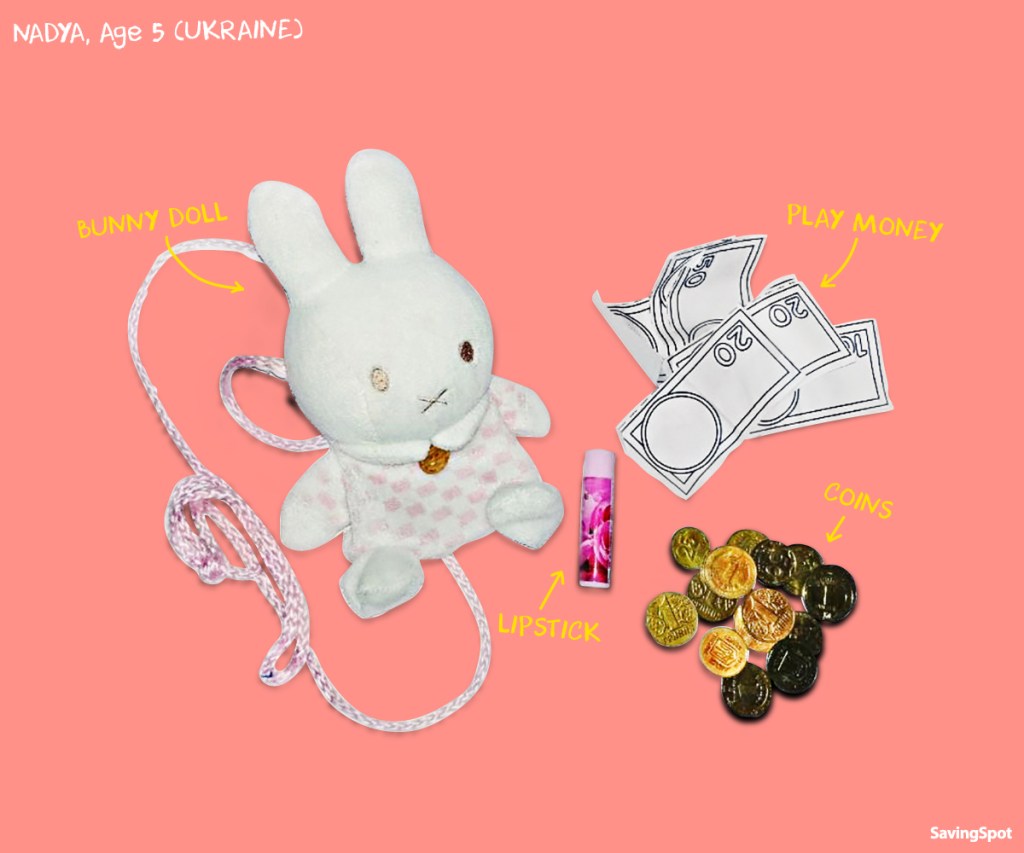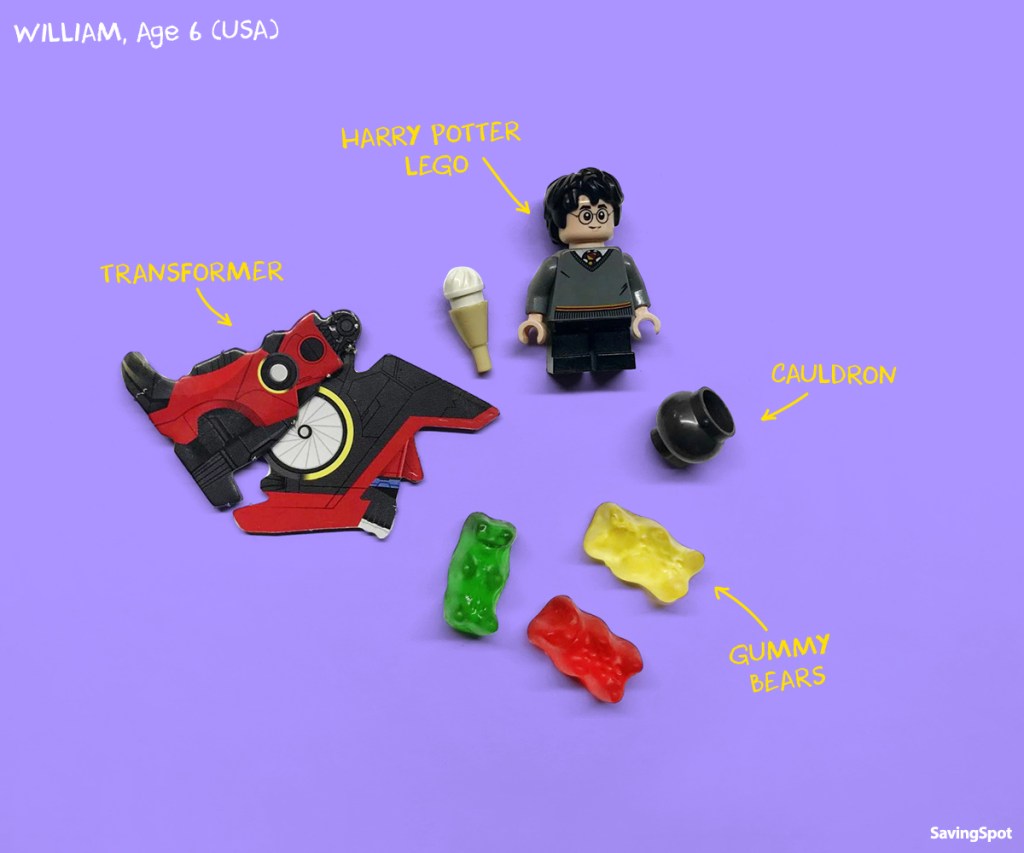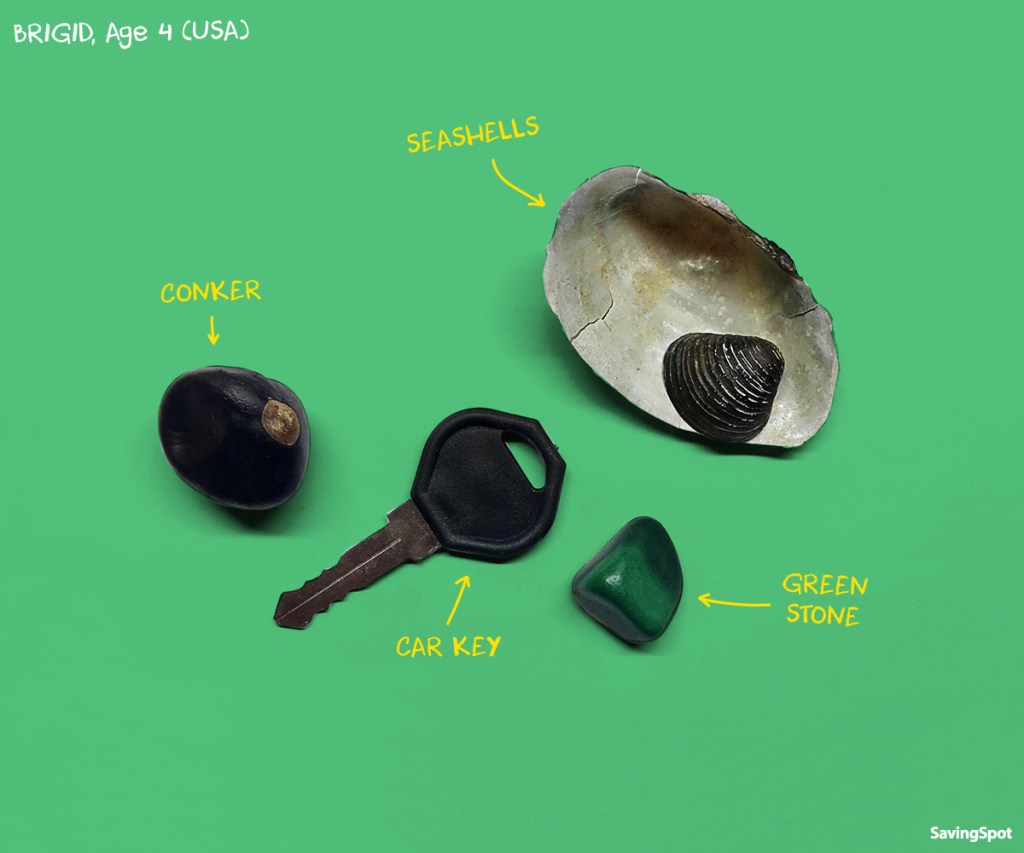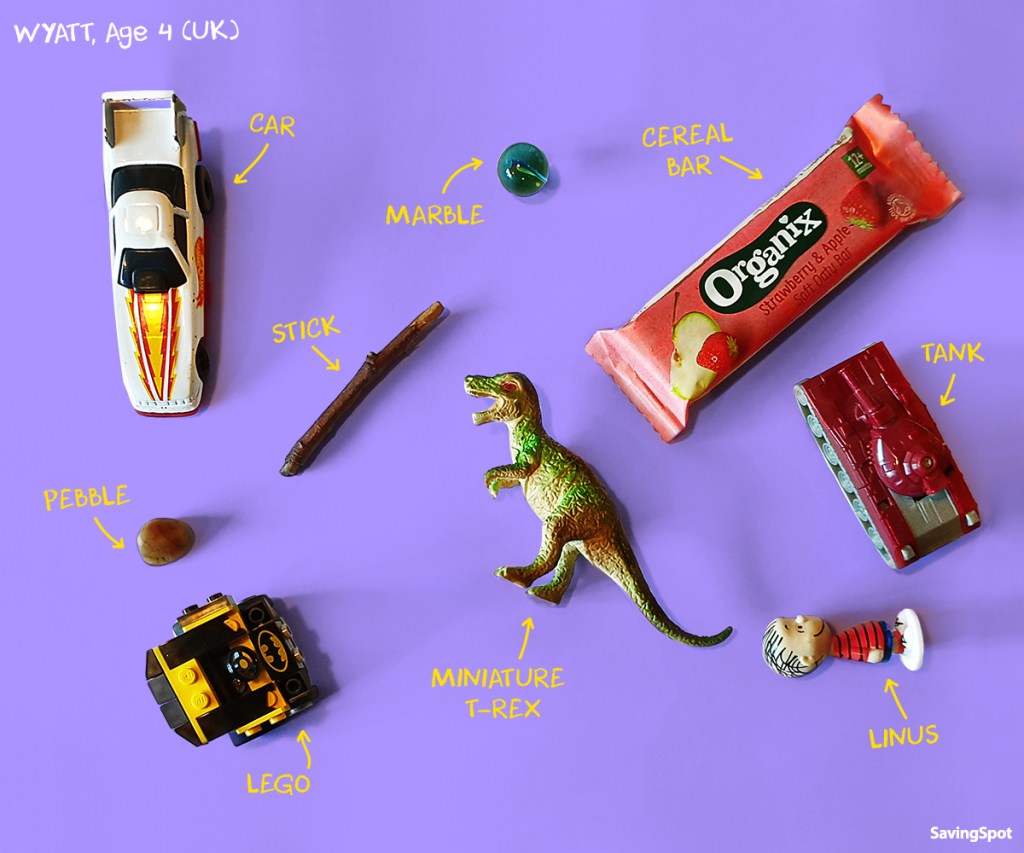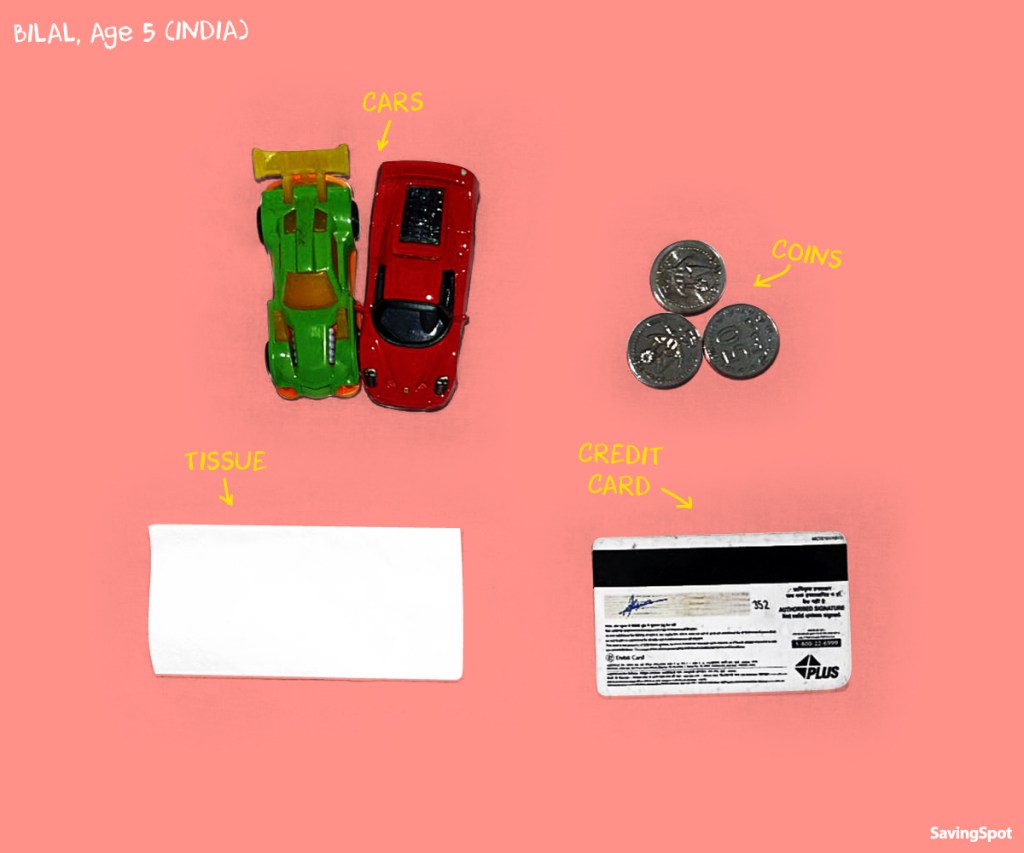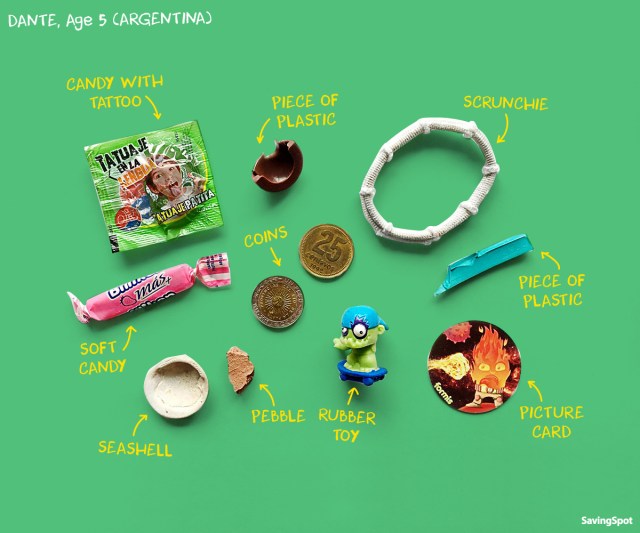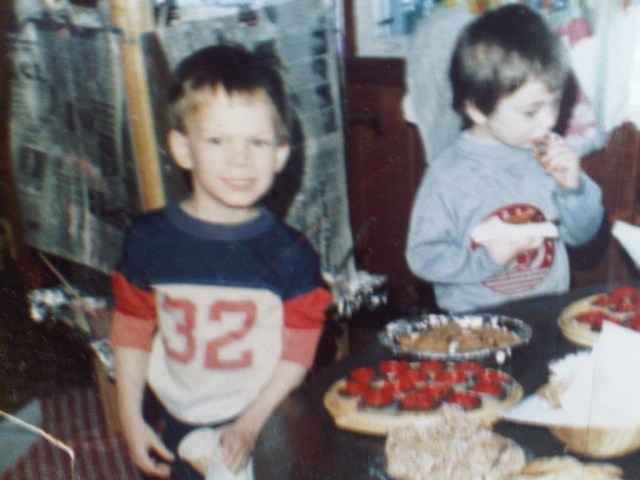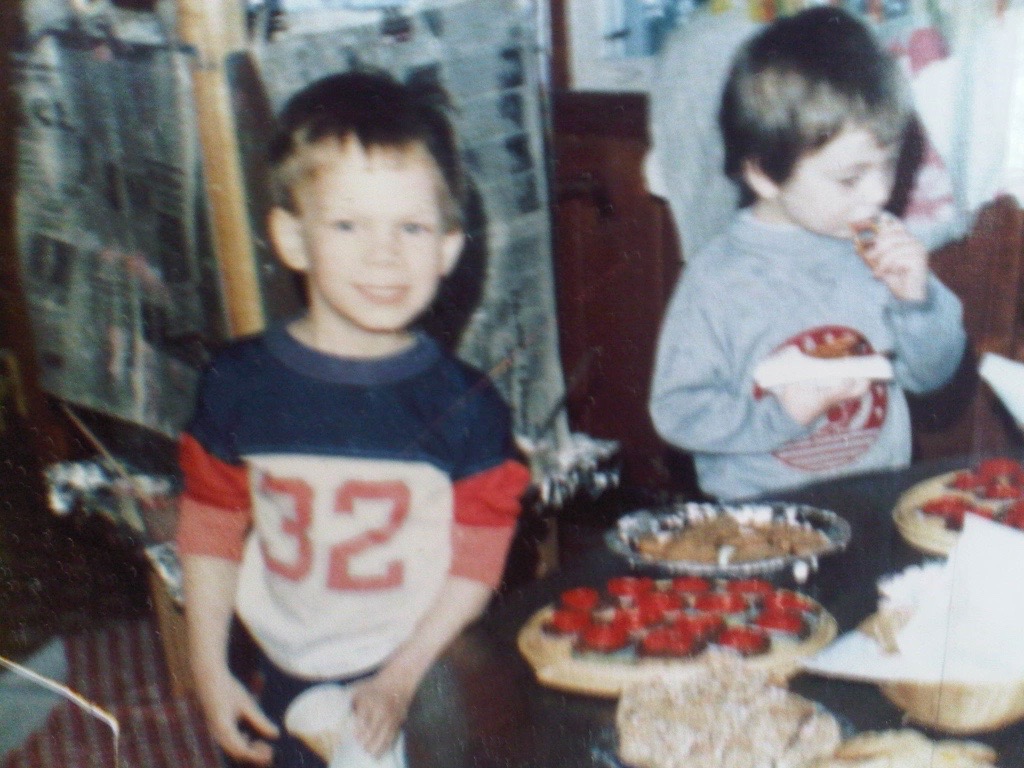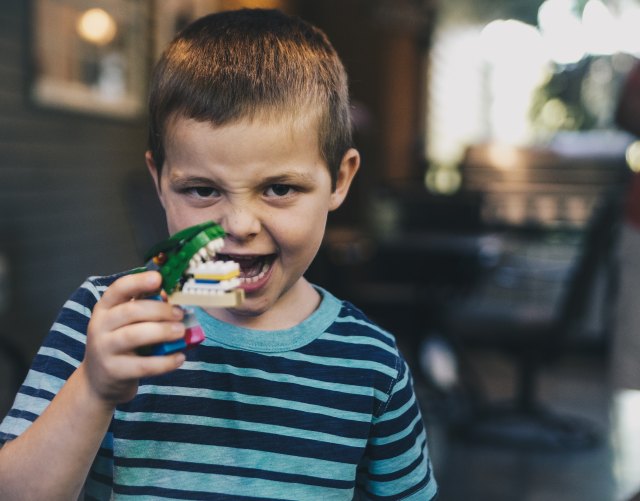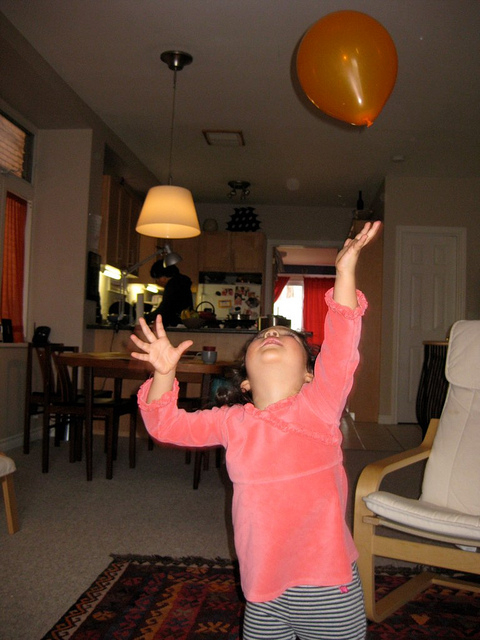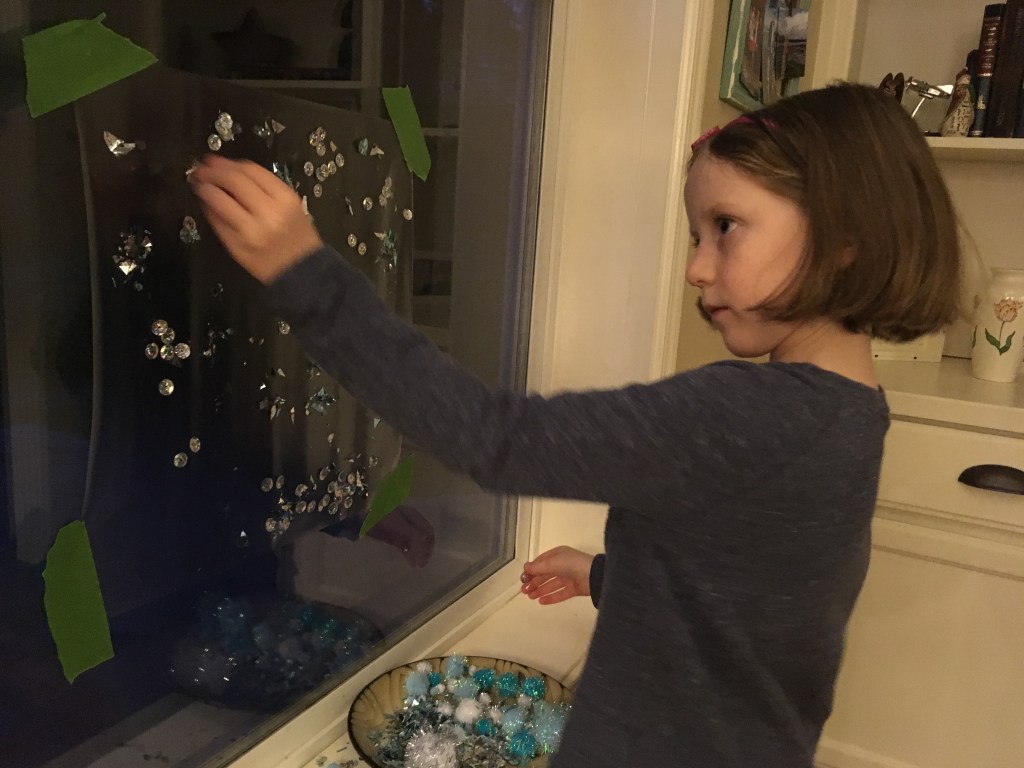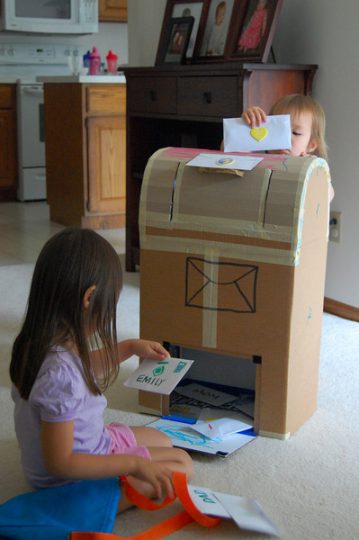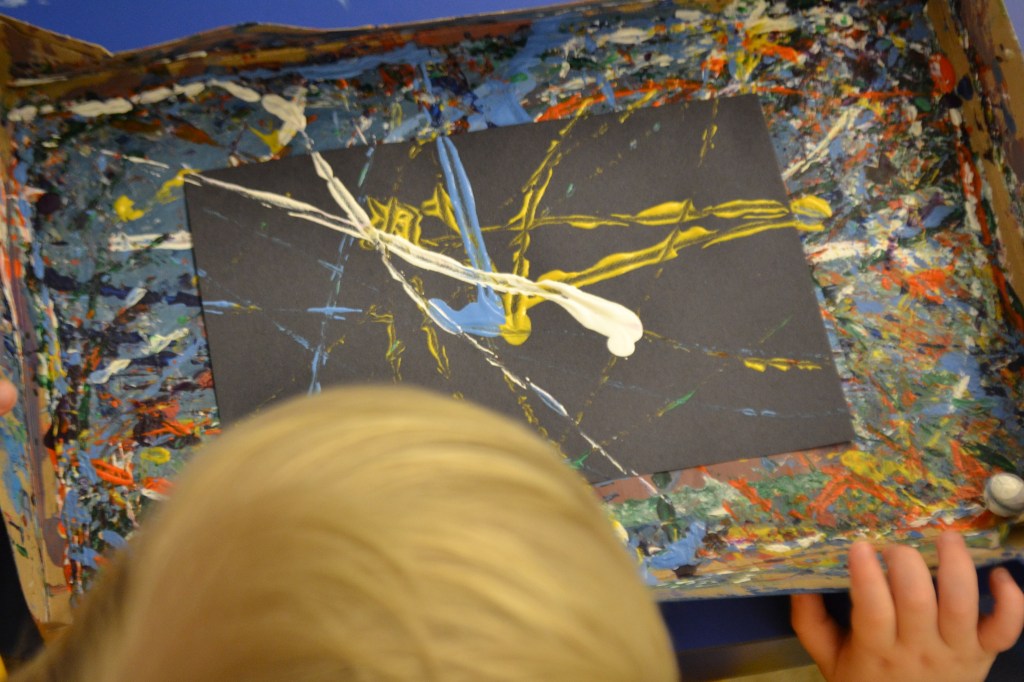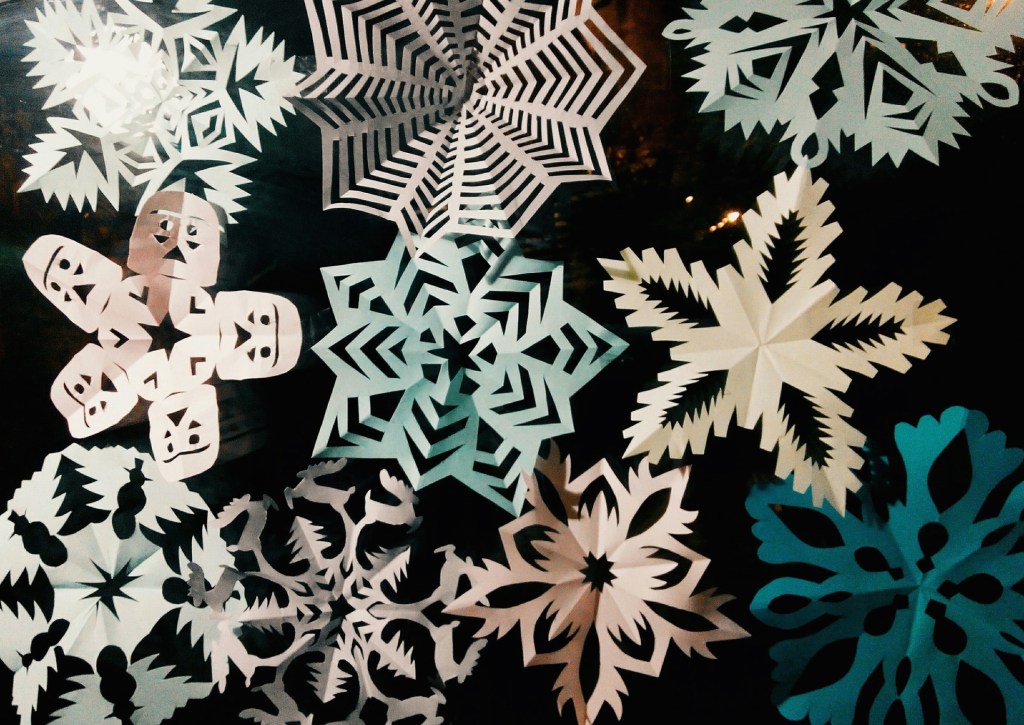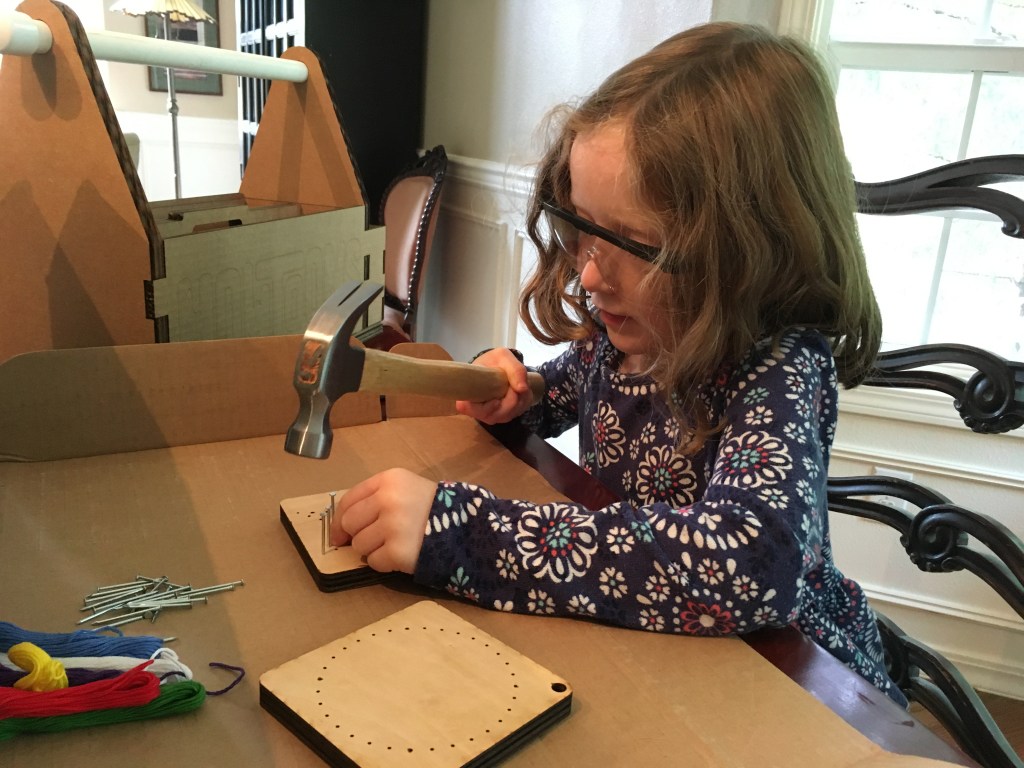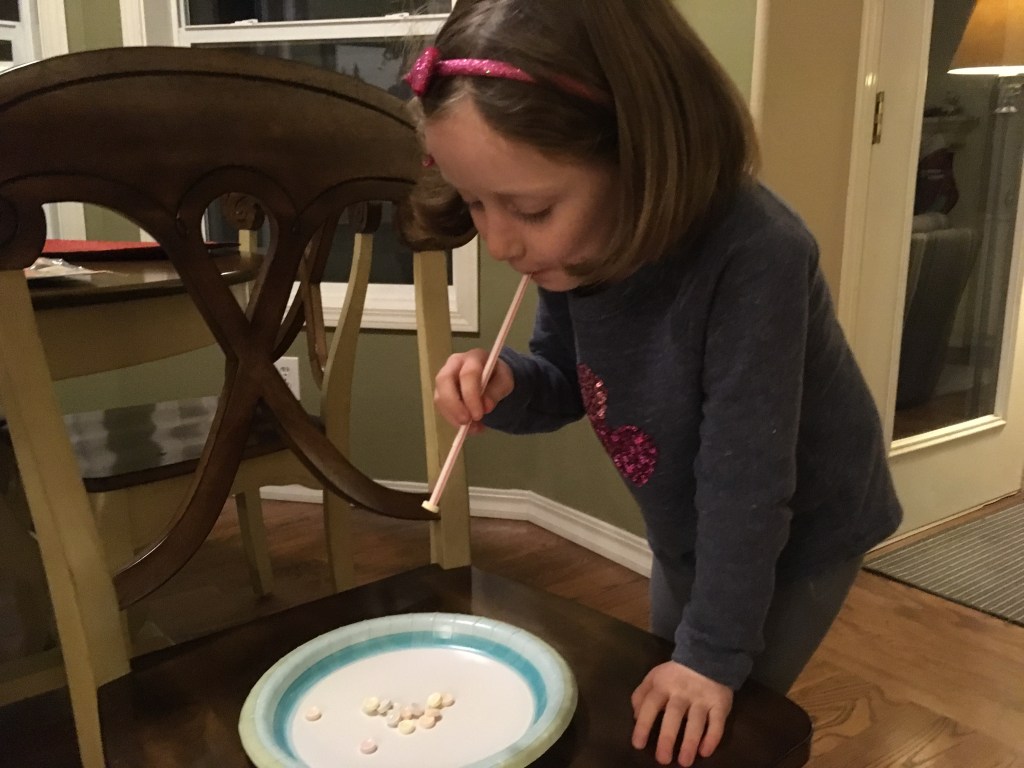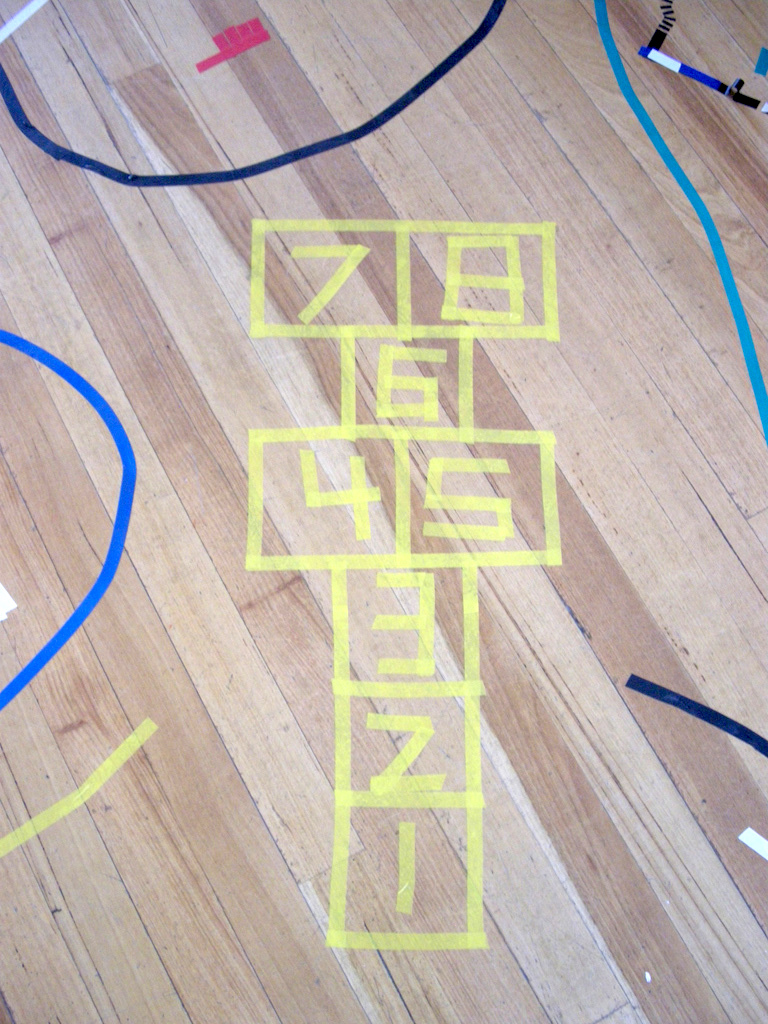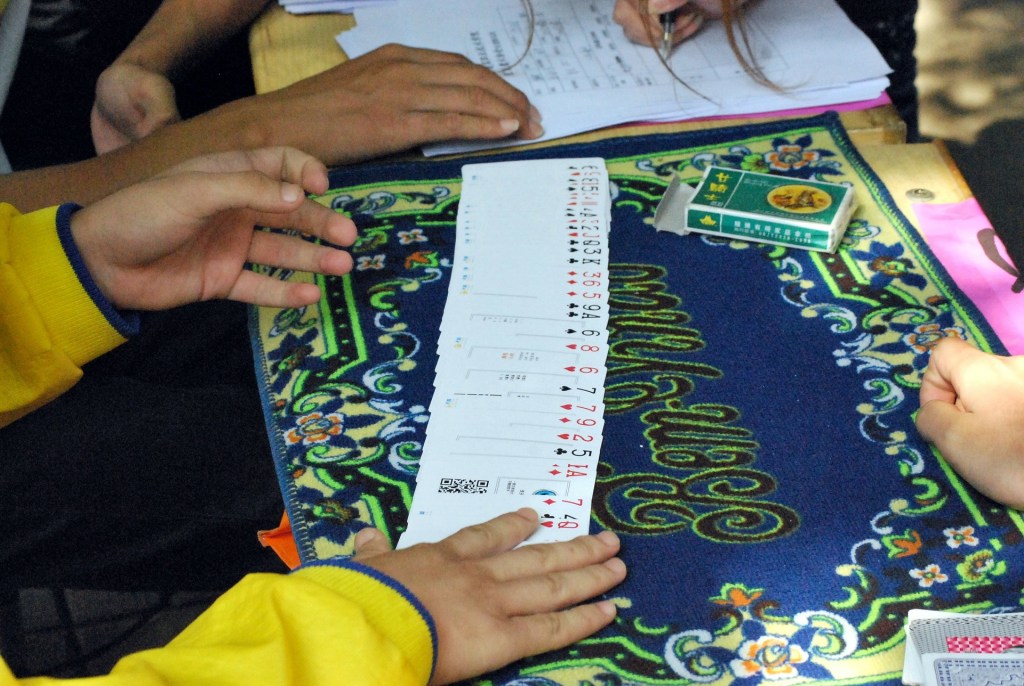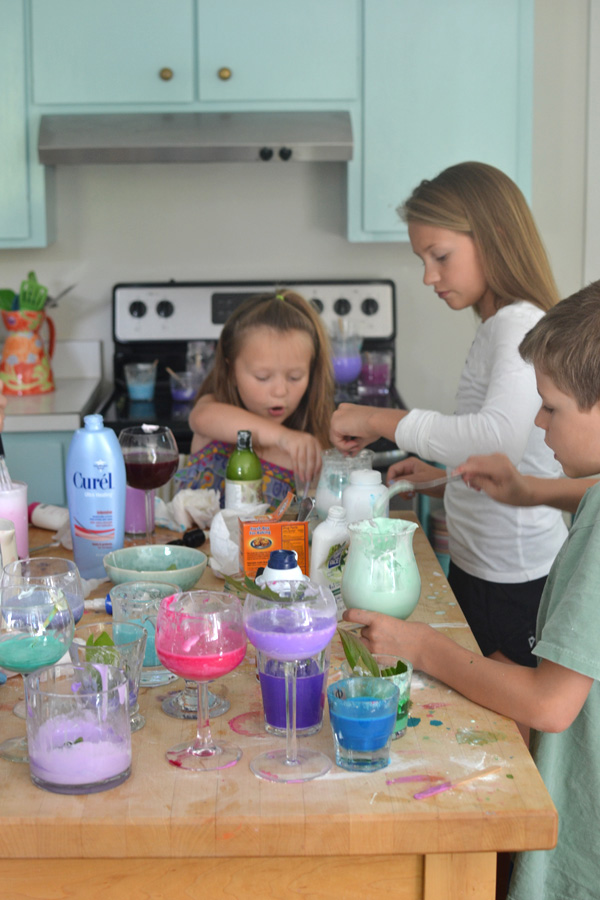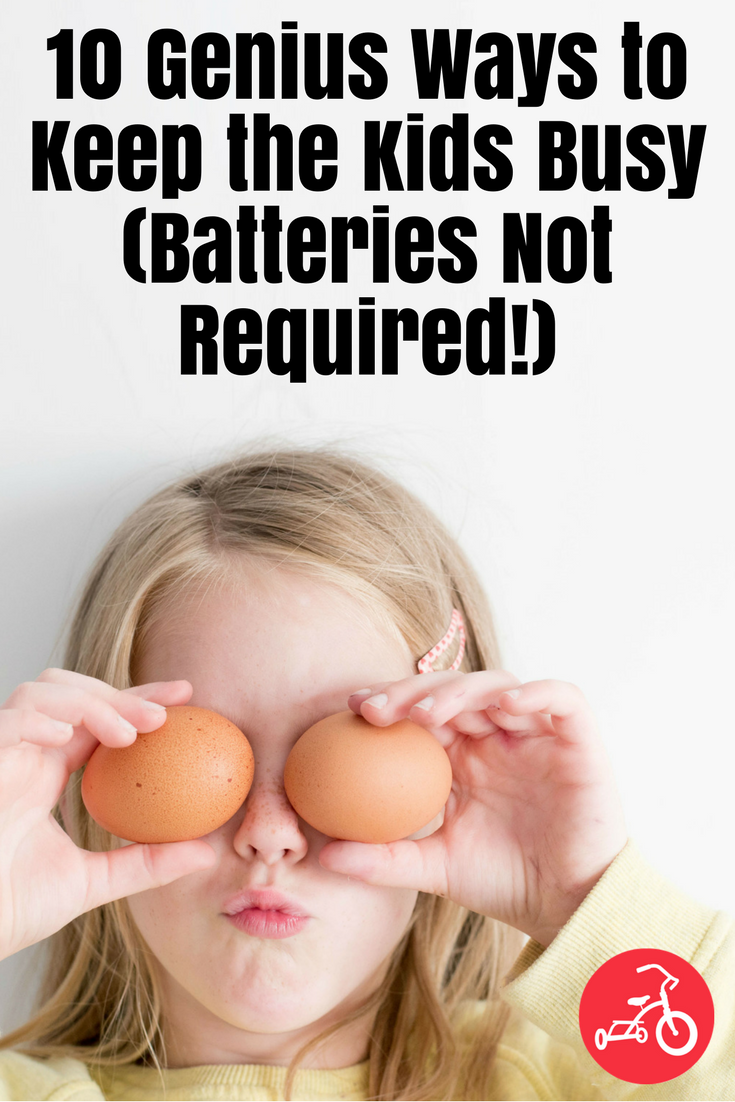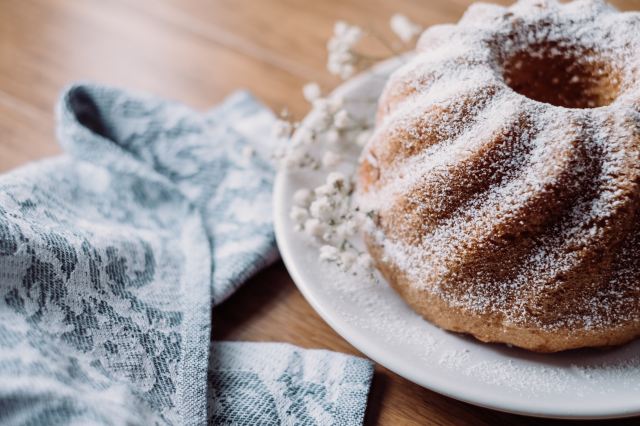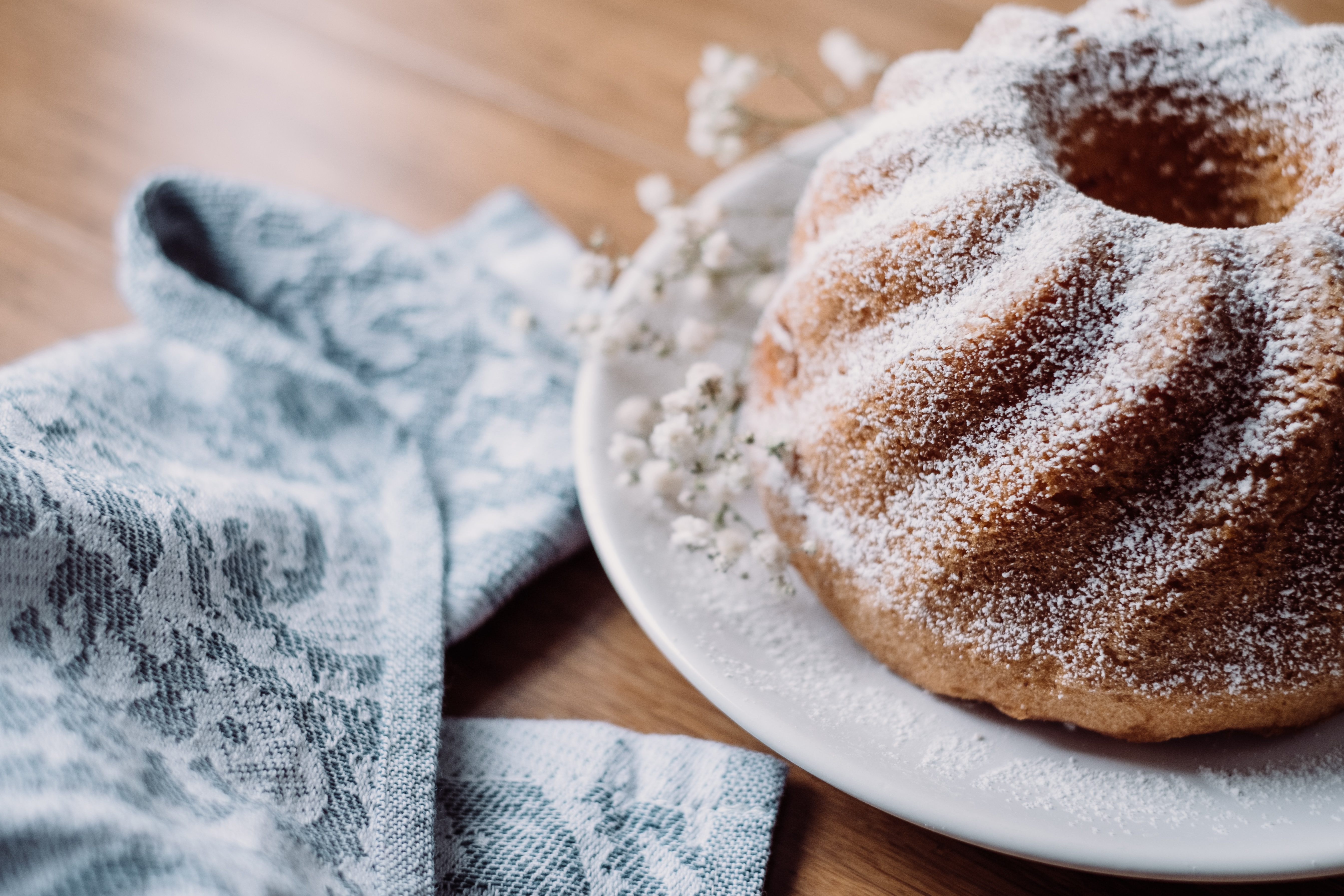I was in another part of the house when my 4 year-old daughter shouted out that she needed to be wiped (she had dropped a dookie in the loo). A relative was visiting and closest to the bathroom so she said she would help out.
The following conversation happened between them.
My Daughter: WAIT! Don’t flush it. I want to see my poo!
Relative: Yuck! Gross! No. Why do you want to look at your poop?
That was it. A short, fairly typical conversation between kids and the adults who wipe their bums.
Who cares? I never did…but then I learned some stuff which made me care, and I wanna share it with you.
Pooping Is Often Associated with Feelings of Shame
Over the years I’ve worked with clients (both adults and children) who experienced psychological and/or physical issues associated with defecation. One thing they all shared was a feeling of shame associated with pooing. (Many different diagnoses exist in both medicine and psychology that are used to identify clusters of symptoms shared by individuals around this issue. I’m not going to get into all of this here but you can explore more if you want on your own time.)
The bottom line about all of this is the following:
WHEN YOUR CHILD TAKES A POO DON’T SHAME THEM!
This is where the tricky part comes in because a lot of jokes in society are associated with pooping AND laughing/joking about poop is easier to do than sitting down and having a serious conversation about it.
As a result, we (humans) often make fun of or joke about our own poop as a way to deflect our feelings of uncomfortableness when talking about the topic.
When you are changing a dirty diaper or wiping a poopy toddler’s bum please be thoughtful in what you say in front of their little ears. I know it can be challenging and I bite my tongue a lot of the time because I want to say stuff to my kids as if they are my college roommates.
For example, DON’T say these things to your children (even though I’m sure they pop into your head as they do in mine):
- Ew, it smells in here!
- OMG what died?
- **make retching sound** I’m gonna be sick!
- Dude it’s toxic in here! I need a gas mask….**take deep breath before entering loo**
What you CAN say and SHOULD say is stuff like this:
- Let’s see if it is hard or soft. (Gross, I know. But it tells you if your child needs more fiber and less cheese) :)
- Wow! That’s a HUGE turtle log…well done. Your tummy must feel better.
- Hmmm….little rabbit pellets. Looks like we need some more fruit and veggies.
- How do you think it smells? Strong or mild? (Again, a poop reflects the diet of the defecator. Balanced diet usually = mild smelling poos. Off balanced diets usually = off smelling poos.)
Bottom line: Be aware of what and how you comment on your child’s droppings.
Remember, it is completely normal for young children to be interested in looking at and exploring their poop, especially during those early potty training days. Pooping/peeing are one of the first things a child learns to control about their bodies.
Potty training is a huge developmental milestone both psychologically and physically. During this process issues of control often arise for children (parent’s asking for children to use the loo and kids not wanting to listen to parents etc) which if not managed well may create “issues” later on in life. This is why it’s so important to be positive during the potty training process.
Think about your childhood experience with poop and how your parents/siblings/caretakers made you feel about it. How do you feel about it now?
EXAMINATION of ELIMINATION= EXPLANATION
I know you’re thinking I’ve completely lost my marbles. I will admit to having misplaced a few, but not the majority of them. Let me explain what I’m talking about.
In all the baby courses my spouse and I took before the arrival of our first kid, every single instructor spoke about and taught us the importance of knowing how to understand/interpret our baby’s various poops. From the color to the texture and everything in between.
Did you know that people have been known to try and steal the poop of world leaders? They take the poop to a physician who examines the “sample” and provides an extensive health report about the leader. Our fecal matter tells physicians how our bodies are functioning. Let’s not teach our children that poop is something to be ashamed of and ignored but rather explored and understood.
When we take our pet’s to the vet what do they always ask for? A poo sample. I laugh out loud imagining what a waiting room at a physician’s office would look like with a bunch of patients sitting there with their “poo sample.” I mean, what do you bring it in? Tupperware? Plastic baggie? Foil?
After your little one has a poop, check it out. Examine it (from a distance of course) :) and talk about it with them. Read up on different poos and what they mean if you don’t know. Knowledge of any kind is power….even poo power!
The Wipe-Up
Our poop tells the sordid tale of how our bodies are functioning. It’s important to teach our children more than their letters and numbers. We need to also teach them how their bodies work and how to use everyday poos…oops, I meant clues, to help manage their body and mind.
After each poo I always “analyze it” with my children. It teaches them and helps me know what to feed them over the next few meals.
It’s a look-and-learn experience. Most poos my kids do we check out together (they are still young and need help wiping). We discuss how their body is functioning (which is why my daughter asked our relative to look at her poo) and if appropriate, have a little chuckle about something they find funny.
Don’t worry. I won’t be chasing after them once they are older asking to look at their poop. I will however ask them questions about it if they complain of stomach aches or not feeling well.
The fact that I have never shamed my kids and we openly talk about (sometimes laugh about) farts and poos is a healthy thing. Of course I have limits…such as no poo/fart jokes at the dinner table.
EVERYBODY POOPS. SO LETS (AS A SOCIETY) STOP SHAMING IT AND START CELEBRATING THE POO.
I am a 42-year-old biological mother of two young children in a same-sex relationship, a clinical psychologist with a specialty in neuropsychological assessment, a music therapist, a trainer of therapy dogs and ex-communicated Mormon from Indiana with a wicked sense of humor.
